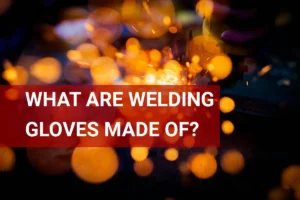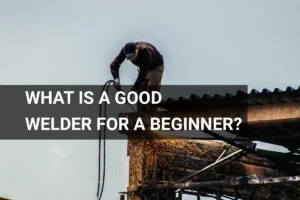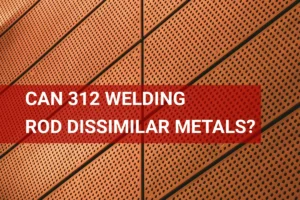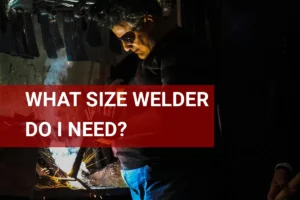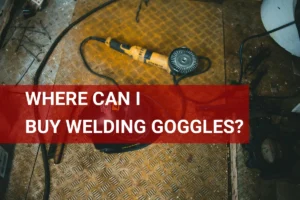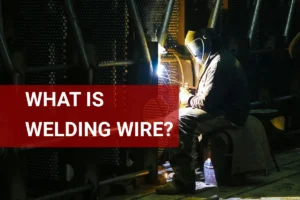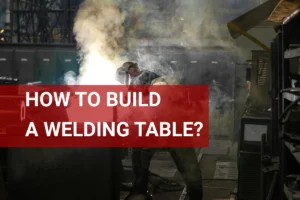What Do the Numbers on a Welding Rod Mean? | Understanding Welding Rod Numbers
Published on: May 24, 2025 | Last modified: March 4, 2025
By: Joe Carter
The term ‘welding rod numbers’ refers to the specific codes marked on welding rods. These numbers provide information about the rod’s composition and its intended use.
This is a question we frequently get: what do the numbers on a welding rod mean? Understanding these numbers is crucial because it affects your welding processes. I’ve seen plenty of beginners struggle by misusing rods due to a lack of this knowledge, which can lead to poor welds and wasted materials.
In this article, we’ll explore what do the numbers on a welding rod mean, the types of welding rod numbers, steps to understand them, and the factors that may affect these interpretations. Plus, I’ll answer some frequently asked questions to clear up any confusion you may have.
Contents
What Do the Numbers on a Welding Rod Mean?
The numbers on a welding rod indicate its type, strength, and coating. For example, 7018 refers to a low-hydrogen rod used for structural steel. It’s great for high-strength welds in bridges and buildings. Understanding these numbers helps you choose the right rod for your job.
What are Welding Rod Numbers?
Welding rod numbers are essential for understanding the type and characteristics of the rod. The American Welding Society (AWS) uses a four-digit system to classify these rods. The first two digits represent the tensile strength in thousands of pounds per square inch (Psi), while the last two digits indicate the welding position. For example, a 7018 welding rod has a tensile strength of 70,000 psi and is suitable for all positions.
Each welding rod type has specific uses and properties. Rod materials vary from mild steel to stainless steel, affecting performance in different applications. Knowing how to read welding rod numbers ensures you choose the right rod for the job, enhancing weld quality and efficiency.
I’ve been there, trying to make sense of the welding rod numbers. It was confusing at first, but when I learned that a 6011 rod is suitable for projects requiring deep penetration, everything clicked. Understanding the numbers on a welding rod makes a difference in achieving a strong, lasting weld!
Types Of Welding Rod Numbers
What are the types of welding rod numbers?
Electrode Classification Numbers
These numbers indicate the type of electrode (Filler Material) and its properties, such as tensile strength. The first two digits show the minimum tensile strength in thousands of psi. For example, a rod listed as 7018 has a strength of 70,000 psi.
Diameter Numbers
This indicates the rod’s thickness. For instance, a 1/8-inch (3.2 Mm) welding rod is noted as 1/8. Check the number before the type indicator to find the diameter, which affects weld penetration.
Finding quality metal for welding projects can enhance the durability and precision of welds; therefore, explore options for sourcing metal at buying metal for welding.
Coating Type Indicators
The last digit reveals the type of coating on the rod, affecting the welding process. A 7018 rod has an ‘8’, indicating it’s low hydrogen. Choose the right rod based on your need for high arc stability or reduced spatter. For effective welding techniques in varying positions, you might explore welding uphill methods.
Current Type Designators
This denotes the current type for welding, such as ‘AC’ or ‘DC’. For example, an ‘A’ indicates it’s suitable for alternating current. Check your welder’s specifications for compatibility to ensure a solid weld. It’s crucial to recognize the risks involved when using welding equipment, such as potential eye damage when protective gear is neglected, detailed in what happens if you weld without a mask.
.
Utility Specifications
This indicates the electrode’s function in various applications, such as whether it’s designed for steel or cast iron. Refer to the welding rod number chart to find compliant rods for your project. Proper welding techniques are crucial when dealing with delicate materials like sheet metal, ensuring precision and structural integrity. To master the welding of sheet metal effectively, explore how to weld sheet metal.
So far we covered the different types of welding rod numbers. Next, let’s look at how to understand these numbers.
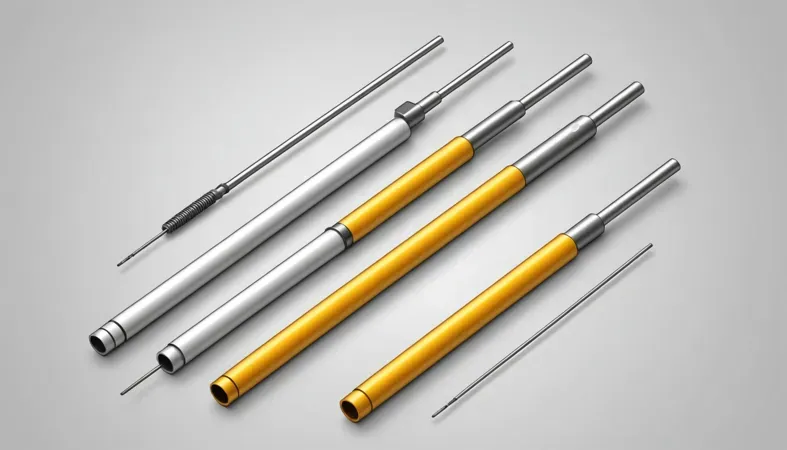
Steps to Understanding Welding Rod Numbers
Now, we’ll break down how to decipher welding rod numbers and what they indicate.
Identify the Standard Electrode Classification
The first step in understanding welding rod numbers is identifying the standard classification method. Most rods follow the American Welding Society (AWS) numbering system. Typically, you’ll find a four-digit number on the rod. For instance, a 7018 rod has a tensile strength of 70,000 psi (Pounds Per Square Inch) and is low-hydrogen.
This number shows the weld strength. So, if you see 6011, it’s a rod designed for all-position welding with similar specifications. Knowing this helps you choose the right rod for your project.
Decode the First Two Digits
The first two digits indicate the minimum tensile strength in thousands of psi. For example, if a rod is labeled 7024, it means it has a tensile strength of 70,000 psi. It’s crucial to match this strength to your base material for optimal results. Stronger materials require stronger rods. It’s that simple.
You may also notice that these digits reference the welding position, indicating where you can use that rod. Certain rods are designed for flat positions, while others work well in all positions. Understanding this can prevent frustration later.
Examine the Last Two Digits
The last two digits indicate the rod’s chemical composition. For example, an 18 in 7018 signifies low-hydrogen content. I’ve experienced issues when selecting the wrong composition, leading to unnecessary rework. It’s vital to choose materials that won’t react adversely with your base metals.
This part can affect the moisture tolerance of a rod. Low-hydrogen electrodes must be stored properly to maintain low moisture levels. I suggest keeping them in heated storage to avoid problems during your weld.
Understand Electrode Types
Familiarize yourself with different electrode types; they fall into four main classifications: 60XX for general use, 70XX for mild steel, 50XX for high-strength steel, and 80XX for low-alloy steel. Each number provides a quick reference for finding the right rod for your job.
Knowing these categories can help you avoid common pitfalls. For example, using a 6011 rod for a project requiring 7018 could lead to weak welds that may fail under stress. So, always match your electrode type to your project needs.
Consult a Welding Rod Number Chart
A welding rod number chart is invaluable. It summarizes the meanings behind the classifications. Whenever you’re unsure, referring to this chart clarifies what you need. I always keep one handy for quick access.
Charts can show additional details like the usable welding positions for different rods and other essential information tailored to specific applications. Trust me, having a visual guide can speed up your decision-making process.
You should now have a good understanding of interpreting welding rod numbers. In the next part, we’ll discuss factors influencing these interpretations.
Factors Affecting Welding Rod Number Interpretations
What factors impact your understanding of welding rod numbers? Here’s a breakdown.
Material Composition
The material in a welding rod affects its number. For example, 6011 rods contain iron powder for better penetration, while 7018 rods have low hydrogen to minimize impurities. Different materials yield varying weld quality and mechanical properties. In the welding process a critical stage is the hot pass, which refines the weld bead to ensure optimal fusion and strength. Learn more about the nuances of a hot pass in welding.
Welding Process Utilized
Your welding method matters. Stick welding, MIG, or TIG processes require different rods based on heat application. The electrode number reflects compatibility—7018 works well with stick welding, while other numbers suit specific processes for optimal performance.
Temperature Conditions
I’ve dealt with welding in extreme temperatures. Low temperatures can reduce the effectiveness of certain rods, like 6010. Conversely, high heat can distort welds, making it crucial to understand these numbers in your work environment.
Electrode Diameter
The diameter directly influences penetration and bead size. Common sizes are 1/16 inch (1.6 Mm), 1/8 inch (3.2 Mm), and 5/32 inch (4.0 Mm). Larger diameters create deeper welds but require more current, affecting your choice of rod type based on the task.
Welder Skill Level
Your experience shapes your choice of welding rods. A beginner might choose 6013 due to its easier arc, while experts may prefer 7018 for stronger joints. Choosing the wrong rod can lead to poor quality, so know your rods and your skills! Understanding the causes of weld spatter issues can improve your welding technique.
So far we covered the elements influencing welding rod number interpretations. Next, let’s look at common questions and answers.
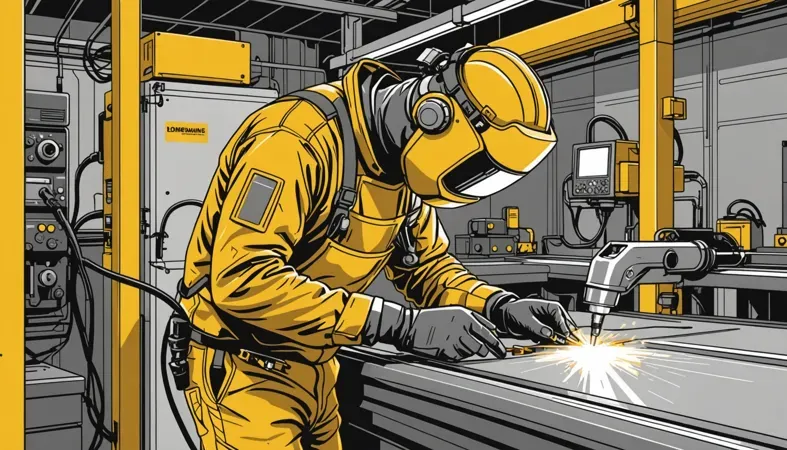
Frequently Asked Questions (FAQs)
Here are some questions I typically get asked about welding rods.
What Does 6011 Welding Rod Mean?
The 6011 welding rod refers to a specific type of electrode used in stick welding. It has a cellulose-based coating delivering a versatile arc for both AC and DC welding. This makes it great for welding dirty, rusty, or painted metal, ensuring good penetration and strong welds. For those looking to enhance their skills, understanding different types of welding rods can be quite beneficial.
For those curious about welding rod specifications, exploring the meanings behind numbers is essential.
What Does the Number 6013 Mean on a Welding Rod?
The number 6013 on a welding rod indicates its composition and properties. Specifically, it’s a mild steel electrode suitable for all positions and primarily used in DC welding. This rod provides a smooth arc and is great for general-purpose welding, producing an aesthetically pleasing bead.
Which is Better, 6010 or 6011?
Deciding whether 6010 or 6011 is better depends on your project needs. The 6010 rod excels in deeper penetration for thick metals, while 6011 offers versatile usage on dirty surfaces. Both rods are reliable, but your project type matters when choosing the best option.
How Do You Store Welding Rods?
Storing welding rods correctly is essential for maintaining their effectiveness. Keep them in a dry place and ideally in a sealed container to prevent moisture. Damp rods can lead to poor weld quality and increased defects, with proper storage ensuring optimal performance.
What is the Amperage Range for 7018 Welding Rods?
The 7018 welding rod typically operates within an amperage range of 70 to 200 A (Amperes). Using the correct amperage is key for achieving optimal bead appearance and penetration, with higher values suitable for thicker metal materials and joint configurations. It’s important to consider potential health hazards when working with specific metals like galvanized steel so that you can ensure safe welding practices by exploring the risks of welding galvanized steel.
That covers common inquiries and clarifications. Let’s now take a look at final reflections and insights.
Conclusion
We covered several important items in this article: types of welding rod numbers, steps to understanding these numbers, and factors affecting their interpretation. We also looked at frequently asked questions about welding rod numbers. All these details demystify what do the numbers on a welding rod mean.
So, what do the numbers on a welding rod mean? Simply put, they tell you the rod’s composition and properties. This includes information like strength levels, usability, and the type of current needed for welding. If you need additional advice, I’m here to help you interpret those numbers as effectively as possible.
For further insights and the latest technical expertise, feel free to explore more at What is Welding.
Additional Reading
- Schweitzer, P. A. (2007). Metallic Materials: Physical, Mechanical, and Corrosion Properties. New York, NY: CRC Press.
Joe Carter is a retired welding professional with over 40 years of hands-on experience in the industry, spanning ship repair, structural welding, and even underwater projects. Joe is a master of MIG, TIG, and Stick welding. Passionate about mentoring the next generation of welders, Joe now shares his decades of expertise and practical insights to help others build rewarding careers in welding.
American Welding Society, Electrode Classification, Understanding Welding, Welding, Welding Applications, Welding Equipment, Welding Processes, Welding Rod Numbers, Welding Rods, Welding Techniques
